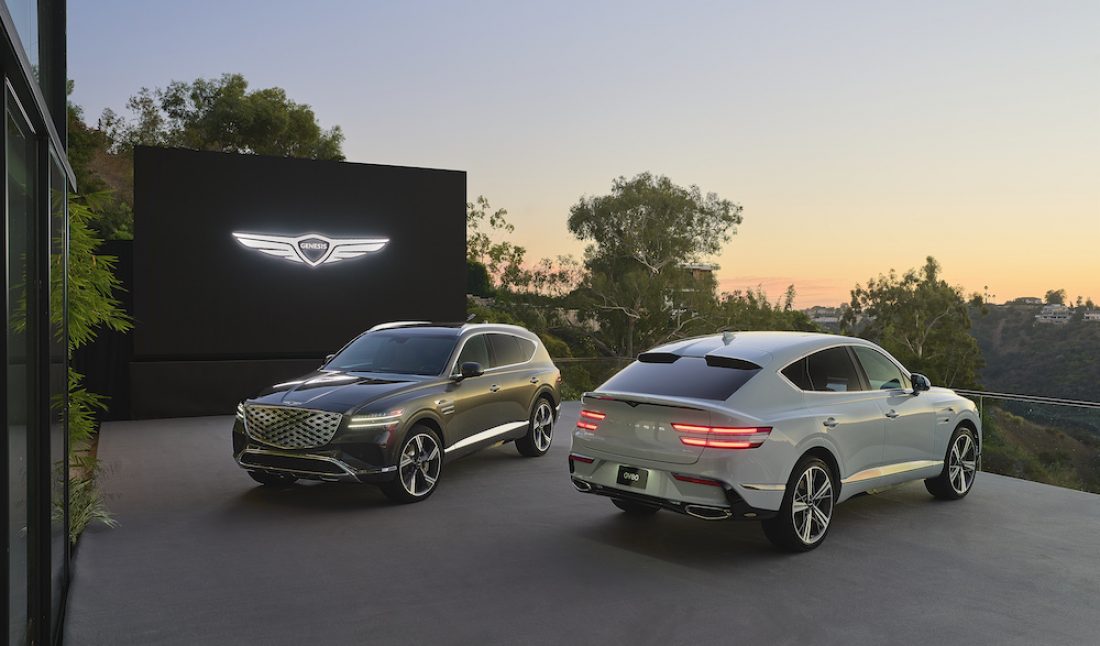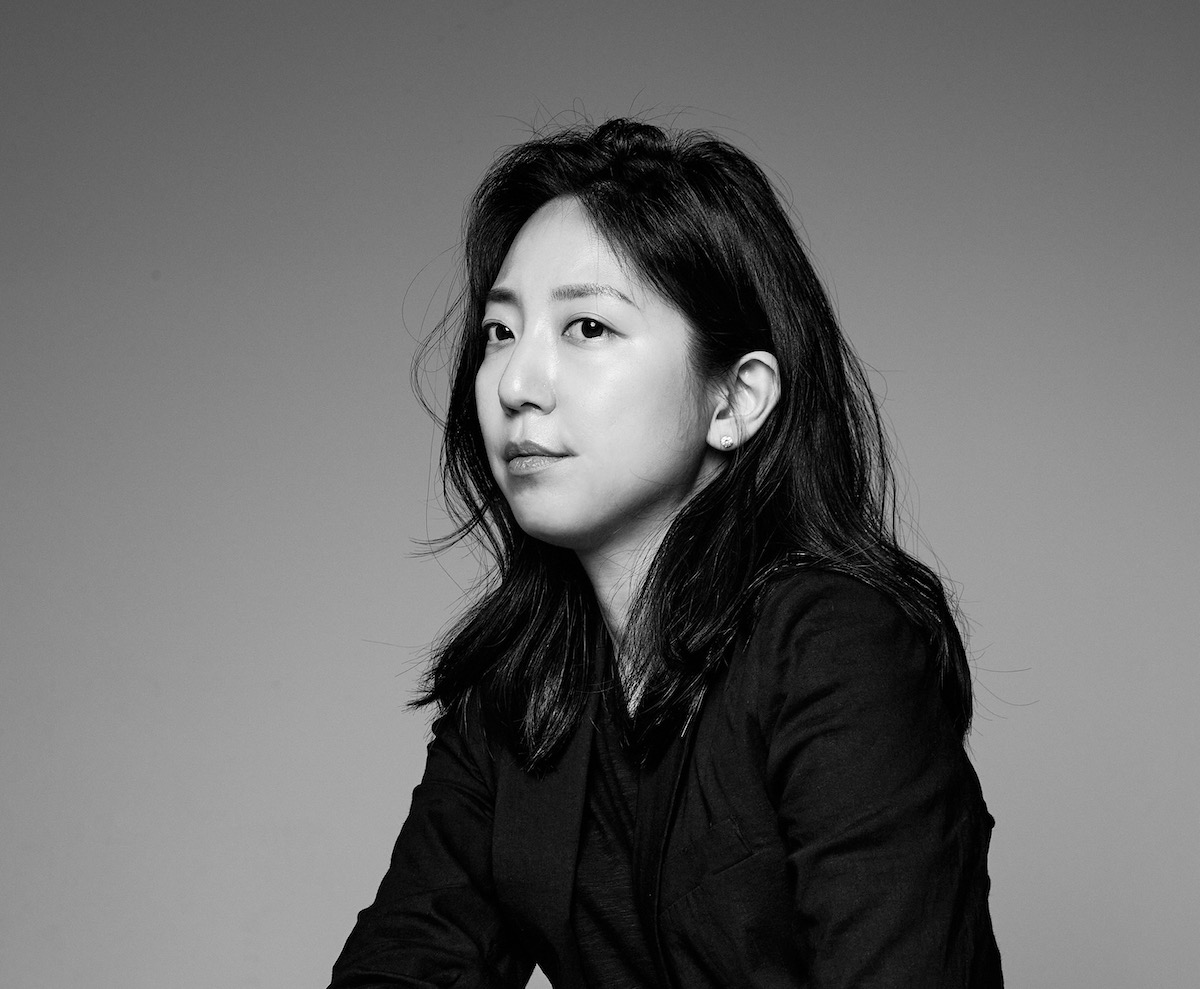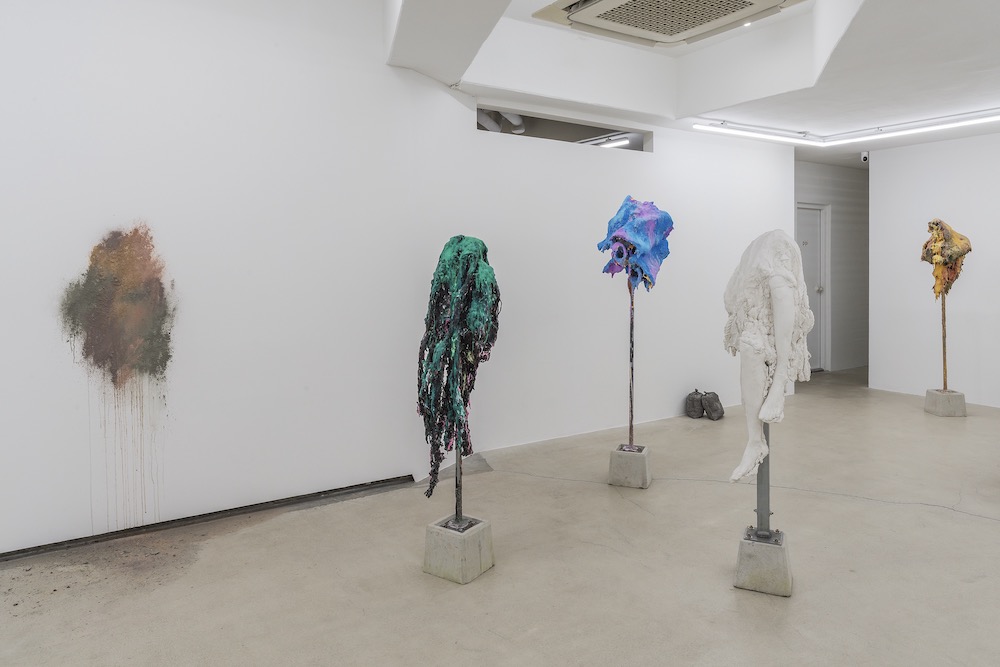Genesis, the new age luxury car brand created by the Hyundai Motor Group just two decades ago, is making some of the finest vehicles on the market today. But in a car industry steeped in the allure of historic brands, it’s not a simple feat to make a splash. To make its brand known, Genesis highlights what makes it stand out in its marketing and draws from its character to build conversations around culture. One area of proud distinction is its origins as a Korean brand headquartered in Seoul, South Korea.
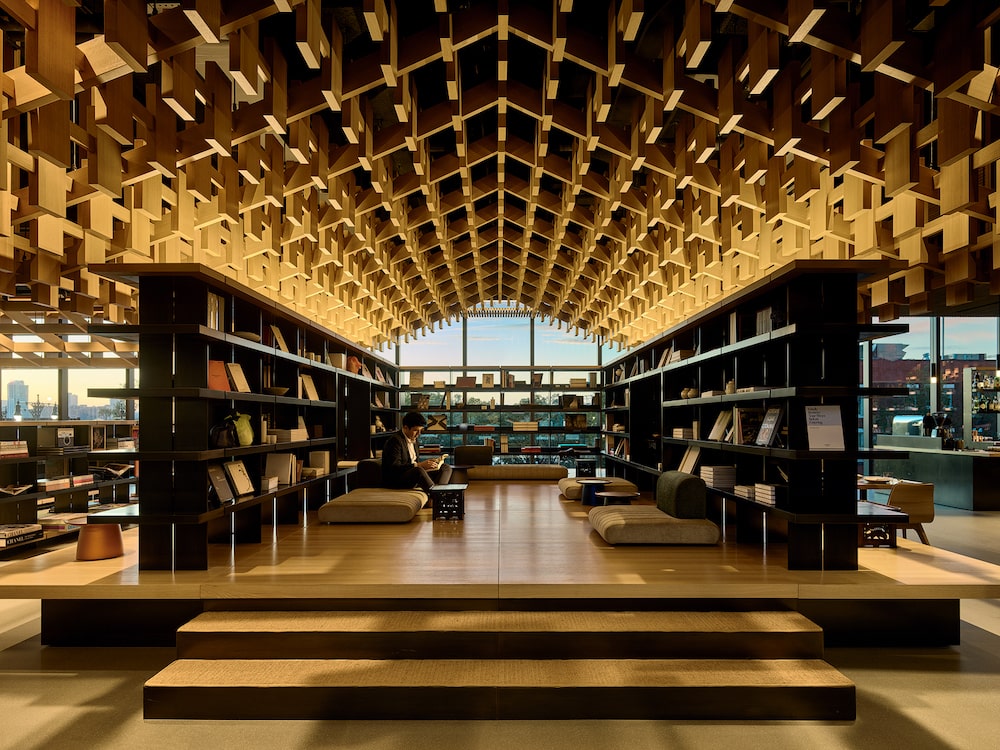 Courtesy of Genesis.
Courtesy of Genesis.
Genesis House Showcases Korean Culture
I’ve dined at the Genesis House in New York City which features the imprint of Onjium Culinary Studio and Executive Chef Losa Yi’s curation of the menu. Seoul-based Suh Architects designed the 46,000 square-foot space in the Meatpacking District. “We have many thresholds in traditional Korean architecture, both vertically in doorways with one or two steps, and horizontally as doorways are pauses for people to be given permission in, or to wait to be met at the entry. Though Korean society is still Confucian, and its architecture has always been quite insular and private to strangers, the hanok—our traditional Korean home—is actually incredibly flexible,” the architects said in an interview with Sotheby’s.
Just one block from the Whitney Museum, Genesis House boasts an outdoor garden, an immersive theater, and a tea pavilion, along with Genesis makes and models on display. The restaurant overlooks the Hudson River and dishes served on the current menu include eoyuk kimchi naengchae—white baechu kimchi, Asian pear, abalone, and beef—or gaeseong mu jjim made from braised Wagyu beef, pork belly and chicken, moo white radish, and pine nuts.
At every Genesis event I’ve attended—most recently with an intimate group following Genesis’ support of Vogue World in the fall—I’m reminded that I’m son-nim or an honored guest, a hallmark of Korean manners. It’s a space that makes sense as a destination to woo and educate future owners and is a starting point for where the brand intends to go.
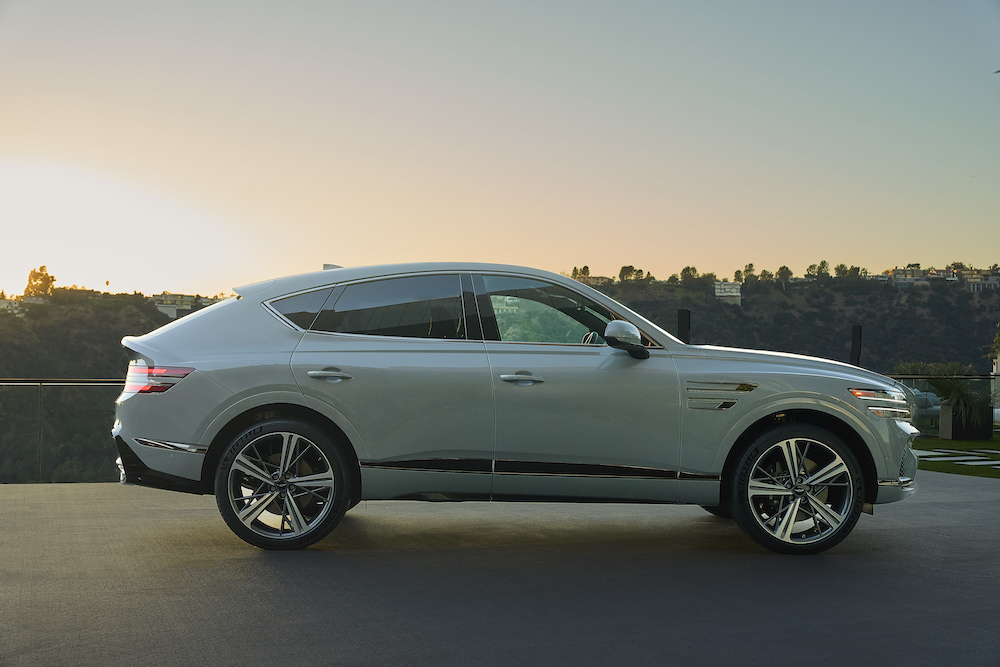 Courtesy of Genesis.
Courtesy of Genesis.
Genesis Passes Million Vehicle Mark
This connection between design, messaging, and product is working for Genesis, leading to an uptick in recognition. Starting with solid products and a resonant message is the first step toward its success. Genesis recently passed the mark of one million vehicles sold globally. The GV60, GV70, and the G90 sedan have earned critical acclaim, and the strong introductions keep coming, both as traditional gas and increasingly electrified vehicles.
Last November, I watched Genesis introduce its newest models, the GV80 and GV80 coupe, at a modern Bel-Air space in California. The coupe is a sleek performance SUV that Genesis chief designer John Krsteski describes as a sprinter. Its design is easy on the eyes. “The crest becomes the grille, and it morphs into a singular design,” he said from the stage.
While Hyundai has transformed much of its design language to a modern, progressive form, Genesis is meant to communicate its own flavor. “When you’re designing on a Hyundai side, you’re thinking on a much bigger scale and you’re trying to attract a much larger audience. In regards to Genesis, our approach is very specific and very tailored, and that requires another level of attention as well,” he told me an interview.
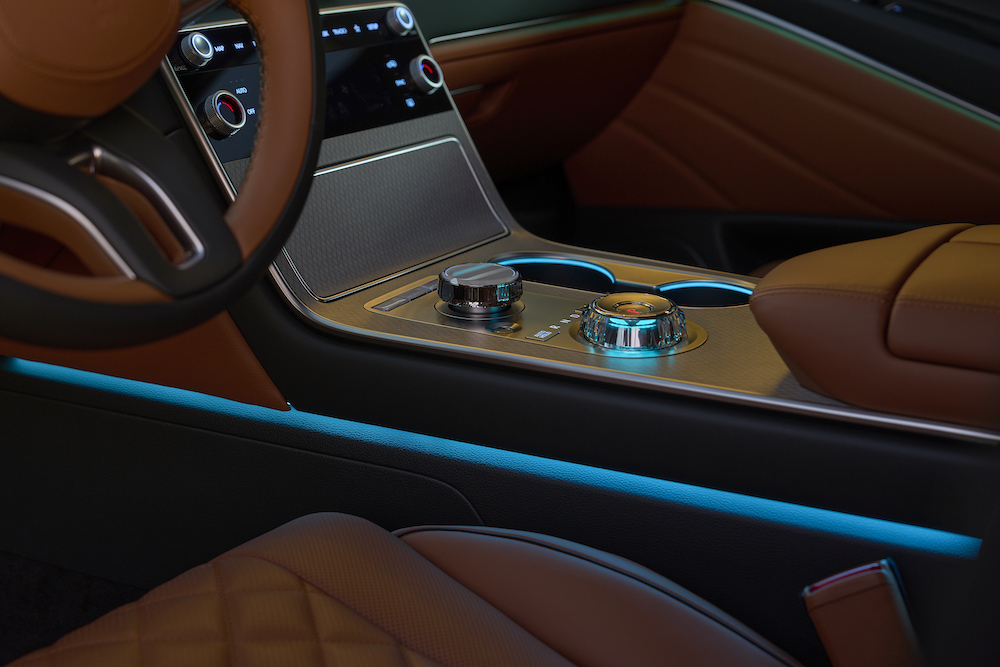 Courtesy of Genesis.
Courtesy of Genesis.
Genesis Designer John Krsteski Isn’t Afraid of Thinking Differently
Designing for Genesis starts by focusing on the driver’s experience, and shares much in common with the UX designer of a phone or tablet. “We spend a lot of time thinking about the user experience,” Krsteski said. “We work closely with our product planning groups who are experts at understanding what it means and what some of the consumer wants are. At the same time, as designers, we’re artists. We try to sometimes go a little more abstract and look for inspiration. That allows us to look at things differently.”
The artistic element of the design means an emphasis on drawing skills in the global design studios. “Those are some of the best sketches, the little thumbnails that you see in the corner of someone’s desk,” he said. “We’ve had multiple projects where you see these little sketches piling up and it’s just sort of reinforcement. As you walk by, you pick it up, and you’re like, okay, you need to do this. There’s nothing that will ever replace the authenticity of that initial sketch.”
Krsteski also teaches car design at ArtCenter College of Design in Pasadena, CA and is in step with the way the industry is changing as he trains the next generation of automotive designers. “The digitalization is fantastic from the standpoint of precision and streamlining and making the process more efficient. Now with some of the digital tools, the designers are becoming even more well-versed at getting that initial 3D (design) started. The most important part of the creative process is when you try to translate something from 2D into 3D, because that’s where the magic happens and when you have it materialize into a physical form.”
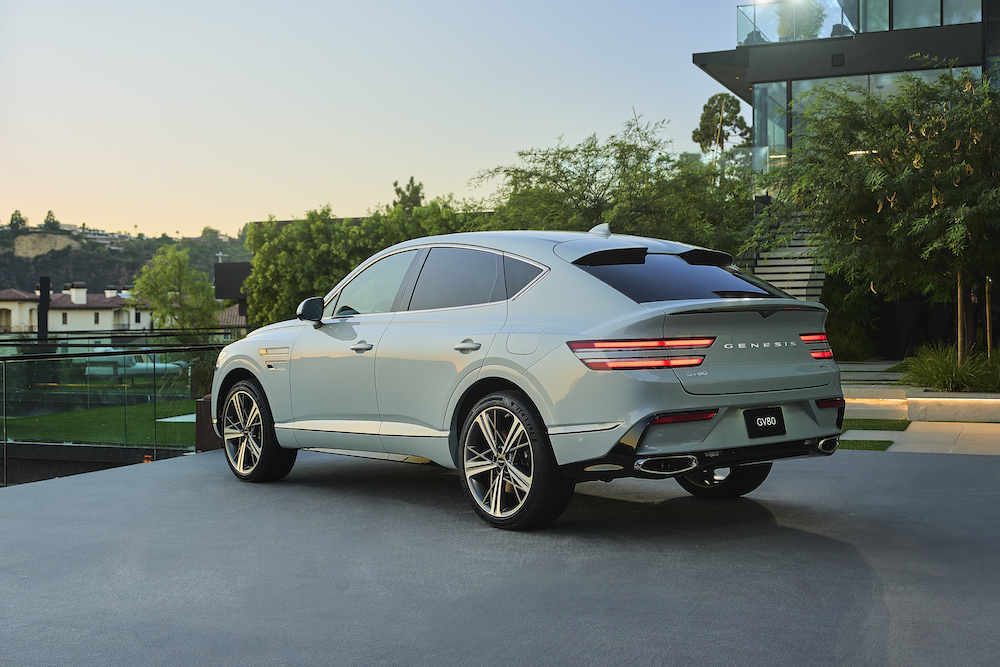 Courtesy of Genesis.
Courtesy of Genesis.
Luxury Car Design as a Balance of Tech and Beauty
But luxury is about more than function, and Genesis is very much homing in on a prestige person. To convince customers to splurge on a luxury vehicle means balancing tech convenience with aesthetics. Krsteski cites the need to assess the beauty of each product as the final step to solidify a new Genesis design. “It’s a lot of looking at the car from every single vantage point. You feel good about it one day and then you leave it for a day and come back, and say, what was I thinking? It’s the creative process.”
This attention to detail is meant to communicate an emotion specific to each vehicle’s character, such as the new GV80, where a calm environment is part of the brief. “We put a lot of priority on the in-between spaces,” he said. Genesis is building its own space in the industry where small touches stand out and make a statement.
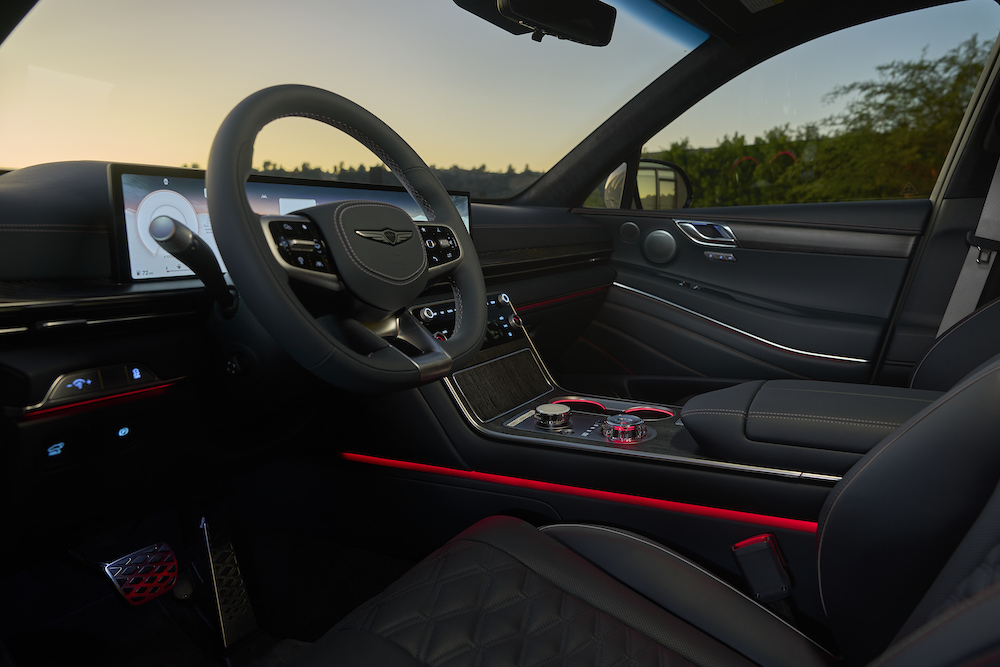 Courtesy of Genesis.
Courtesy of Genesis.







